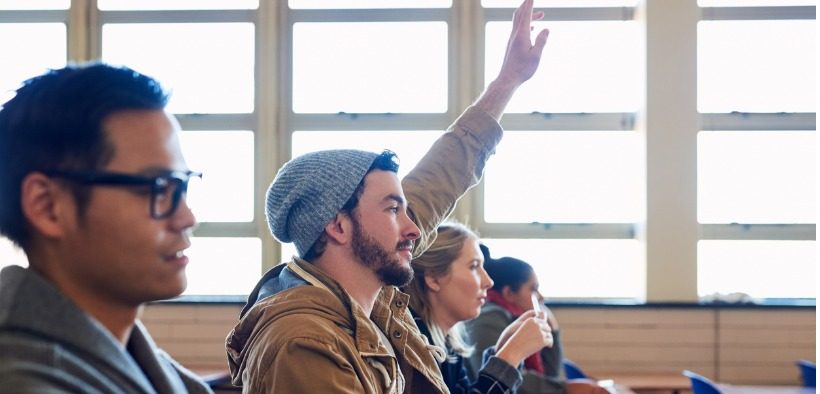It makes me cringe when I ask a question and a student responds with, “I’m not sure if this is the answer you want, but…” Somehow students have the impression that our sole purpose for asking a question is to find someone to give us the answer, the one we are looking for. This perception can be the result of the overuse of the IRE (Initiation, Response, Evaluation) questioning format (Mehan, 1979) in which the teacher asks a question (I), the student responds (R), and the teacher provides evaluative feedback (E). With this questioning structure students can come to believe that all questions are a test of their understanding, and as a result, many students choose not to volunteer an answer because they aren’t sure that they have the right answer.
Related Articles
I have two loves: teaching and learning. Although I love them for different reasons, I’ve been passionate about...
Active learning is a mostly meaningless educational buzzword. It’s a feel-good, intuitively popular term that indicates concern for...
Perhaps the earliest introduction a student has with a course is the syllabus as it’s generally the first...
Generative AI allows instructors to create interactive, self-directed review activities for their courses. The beauty of these activities...
I’ve often felt that a teacher’s life is suspended, Janus-like, between past experiences and future hopes; it’s only...
I teach first-year writing at a small liberal arts college, and on the first day of class, I...
Proponents of rubrics champion them as a means of ensuring consistency in grading, not only between students within...










One Response
Very positive explanation and suggestions.